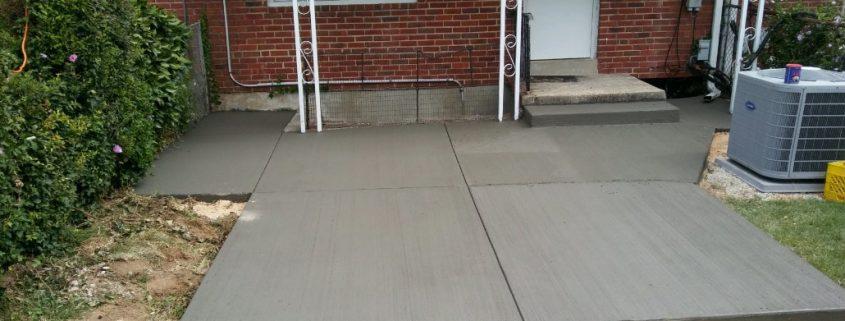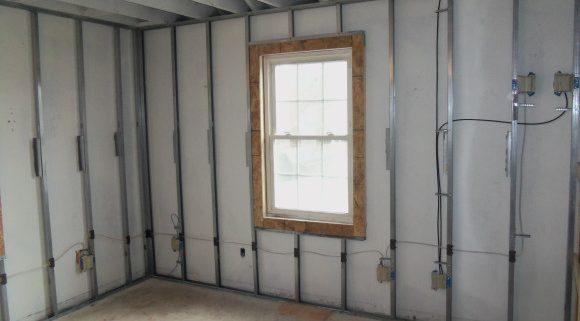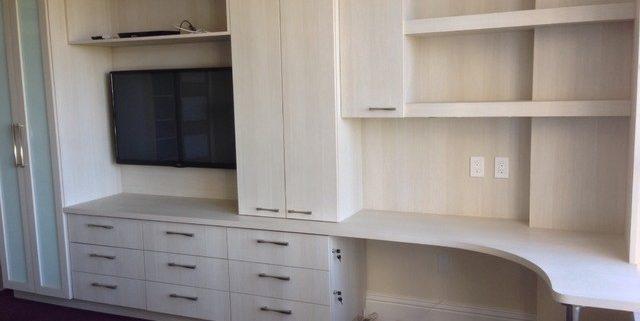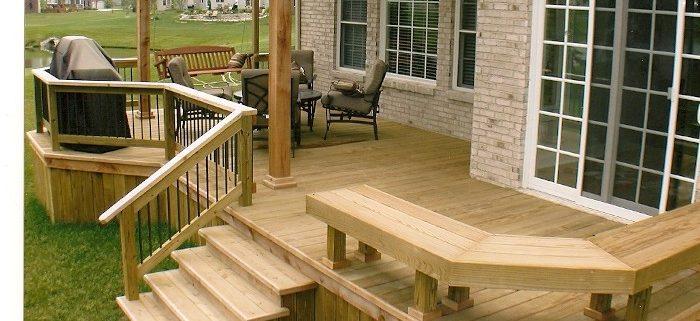By Megan W.
It’s the end of the month or as I like to call it, the emptying of monthly savings. The bills are finally being taken into account, with staggering charges for heating and cooling. The new-age of technology has arrived, compelling us to conform to the need of saving ourselves from any possible form of expense. This means that nowadays most homeowners take on the tiresome task of saving money by adjusting the amount of utility usage within the house. Instead of sacrificing the amount of time spent on electronics for warming/cooling, why not just take a simple step that could save you thousands each year? Insulation is the answer to most of your household billing conundrums as it optimizes the way in which heat is retained, as well as ensuring that your house stays cool during summer. If you read further on, there will be a basic explanation of insulation and, types of insulation and what it can do for your home.
Insulation is the method for retaining a desired temperature/climate in the household. The pieces for insulation are usually installed within a crawlspace, drafty areas and in-between walls. Since one can easily lack insulation, improper insulation is a common mistake in wasting ones energy efficient capabilities. There are many things to be taken into consideration when installing the insulation for your house. Consider what type of climate that you live in. Often, homeowners in a cold-climate will be discerned at spending more money than they already do heating, but proper home insulation is one of the best ways to invest in your house. A well-insulated house will make you feel more comfortable and at ease for when the hot/cold seasons arrive. Being that there are so many ways to insulate your house, let’s take a look at what insulation actually does. Insulation consists of various materials being used to trap tiny air pockets, thus slowing the amount of heat moved in/out during the alternating seasons. This value of resisting air releases is known as R-value. Insulation consists of three basic mechanisms which are convection, conduction and radiation. Each mechanism refers to a simple process of where heat is transferred, ranging from heat transfer via materials, liquids, gases and in a straight line through any receiving solid. If you have a high value of this, naturally you will have a lower energy bill. However, in most cases, if the insulation is installed incorrectly, it can actually make matters worse. The amount of R-value in the material varies depending on its thickness, type and density. Let’s look at the different types of insulation materials available.
You can find many different types of material at your local hardware store, however, when it comes to such a detailed procedure of layering upon layer, it’s best to leave this to the professionals. If you still desire for a DIY type of job, then at least use blanket rolls and batts. This material is something that you can install yourself and it is great for standard joist and stud spread. It is an inexpensive material that is relatively free from obstructions. You should use it to insulate ceilings, floors and unfinished walls. The reason for why this material may be so affordable is due to its fiber-like structure. Concrete block insulation is another good way to go, as it can also be done without a professional, but often requires specialized skills upon installation. It is great for insulating walls, new renovations/constructions and unfinished walls. Concrete block insulation is known to have 10x the amount of R-value due to its autoclaved and aerated cellular structure. This material takes the shape of a foam board and can be stacked, laid and easily surface bonded. Aside from doing things on your own and risking a faulty installation, it is probably best at this time to let the professionals do it. Think of your home as a space ship—if you were in deep-outer space, you wouldn’t want air to get through your vessel, unless you want your eyes to would bulge out of your head like Arnold Schwarzenegger in Total Recall. Remember that adequate airflow is key; however, covering places where heat can come in or escape (your attic) will only leave room for improvement in your home. The ideal material is something that suits the R-value to a minimum standard for you house, depending on its finished structure and age. Layering with extra fluff is often the best choice. This is where blown-in and loose-fill insulation come in handy. The composition of the material is basically a cellular and mineral-like structure and is used in attic floors and other empty cavities in your home. In most cases, this material is poured or blown in by professionals. A good factor of this material is that it can be used as additional insulation following any other material that you so choose. You could say that this is basically your filler-upper of a material in home insulation. Another instance of filler is the sprayed foam material, which can be applied with a pressured sprayer; it is mainly composed of polyisocyanurate, phenolic, polyurethane and other compounds. For generalized or secure insulation, some good options are pouring cement between the walls (ICFs), rigid fibers (fiberglass that can withstand high temperatures) and structural insulated panels (straw/foam used for walls and roofs.) With all of these techniques, you may be thinking that it is all out of your budget, but there is also the option of a reflective system where foil-faced craft paper is used between joists and other areas. Surprisingly, this method is the most effective out of all the do-it-yourself methods as bulks of it can be used. Contact your local carpenter or contractor and ask which one is best for your home type.
Having good insulation can do so much for your house in the future. You will not only save money, but aid the house in keeping the weather out. The house will maintain a good level of dryness as well, preventing mold or rotting under the roof should there be any leaks. If you have proper ventilation, you should have proper insulation as well. This will aid in moisture control strategies by preventing heat transfer to other areas of the house. It is vital that moisture control be enacted as vapor can easily move in and out of a home via heat transfer, air currents and diffusion through materials; all of these methods of moisture transfer are the same as heat transfer in insulation. Since air movement accounts for over 98% of any vapor movement in your home’s cavities, this transfer can be easily prevented with a good insulation system. By controlling the moisture level in your home you are not only making your house more energy efficient, but also a safer place to live with the absence of any mold growth. Some good materials to reduce the induction of heat between areas in the house are foam board and fiberglass insulation. No matter what method you use, as long as it is layered and properly installed, there should be a satisfying outcome in your gas and electric bills. With proper insulation you can contain the heat, eliminate drafts and excess moisture.











